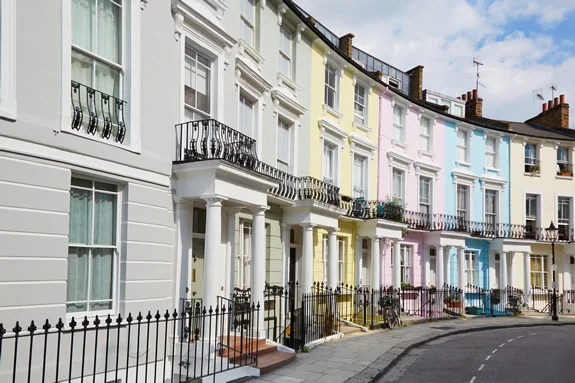Controversial Computerised Housing Allocation System Revisited and Adjusted

Government ministers have confirmed that a controversial computerised system used to determine where new housing should be built in England has been adjusted, following a furious backlash from a group of MPs.
The revision of the computer-based formula will ensure greater emphasis is placed on the urban areas and cities in the Midlands and North, ministers confirmed this week.
Those opposing the system in its original form argued that excessive emphasis was being placed on London and the South East, which, according to some, would have led to large proportions of the region effectively being “concreted over.”
Introduced in August, the computerised system was designed to provide local councils with a basic estimate of how many new homes needed to be built in their localities, all of which was geared towards the government’s broader target of 300,000 new homes to be built in England every year by the mid-2020s. However, a group of Conservative MPs voiced criticisms regarding placing such important decisions in the hands of a “mutant algorithm,” which was feared to be fundamentally flawed from the outset.
A shift in supply and demand
The coronavirus pandemic has had a major impact on the housing supply situation in England. With millions now working from home on an indefinite basis and e-commerce booming, business properties and shops all over the country are sitting vacant.
It has therefore been suggested that, to a certain extent at least, it may be possible for some business zones and commercial centres to be repurposed as affordable residential neighbourhoods.
The government’s confirmation of an alteration to the computer-based system suggests it is a possibility that is being actively explored. Rather than focusing predominantly on rural and semi-rural areas around London and the Southeast, housebuilding emphasis is now being shifted to brownfield urban locations in Northern England and the West Midlands.
But while the adjustment is likely to attract praise from any of those who initially criticised the idea, it may make it difficult or impossible for the government to fulfil its guarantee of affordable housing in attractive areas people actually want to live in.
Issues with brownfield site development
Brownfield sites have a tendency to be less than desirable places to live, often due to their inconvenient locations. They can also be extremely expensive and challenging to develop, perhaps due to contamination by industry or the shape and condition of the land.
Where existing business and commercial premises have been repurposed into affordable housing, there have often been serious issues with quality and safety standards.
Former Prime Minister Theresa May labelled the semi-automated system “ill-conceived” back in October, while former Foreign Secretary Jeremy Hunt said that the government was guilty of clearly “undermining” local democracy by going ahead with the initiative without widespread support.
The Conservative Party remains adamant that it will achieve its target of building 300,000 affordable new homes each year in England by the mid-2020s, an assurance even its own backbenchers are beginning to dispute.
